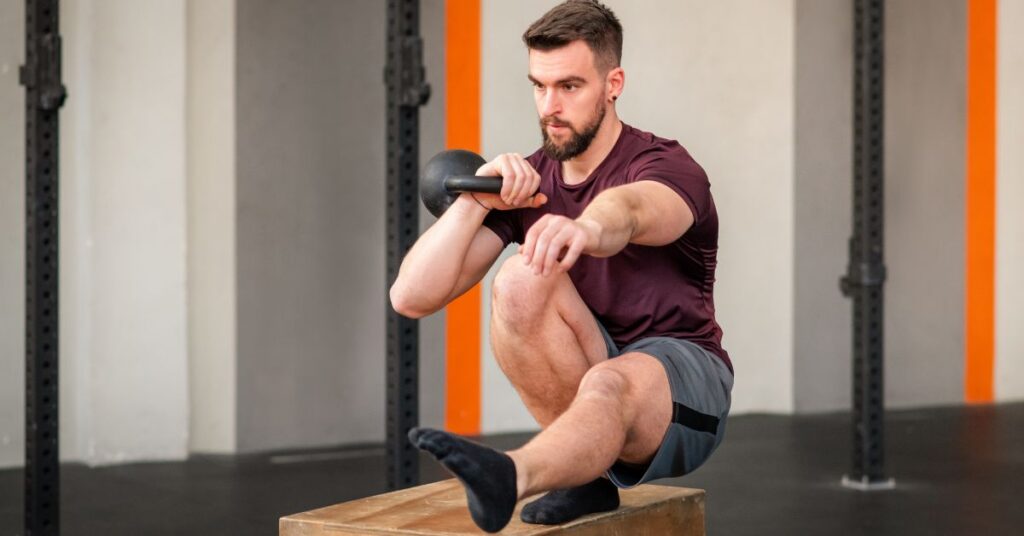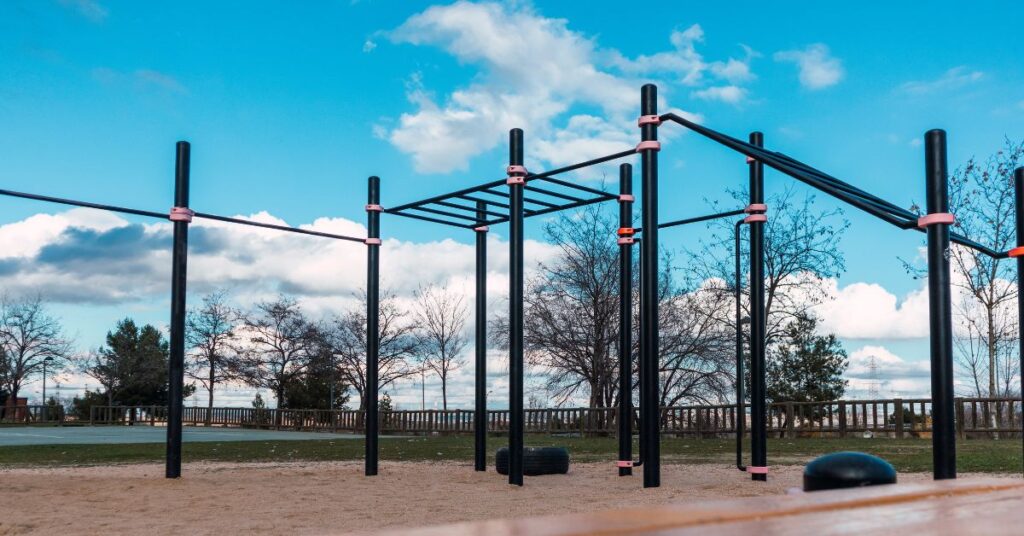Calisthenics chest exercises are an excellent way to build strength, power, and endurance using just your body weight. Whether you’re a beginner looking to improve upper body strength or an experienced athlete seeking new challenges, calisthenics workout offers a versatile approach to sculpting and strengthening your chest muscles. These exercises not only enhance muscle growth but also improve balance, stability, and overall functional fitness. With no need for heavy equipment, calisthenics chest exercises can be performed virtually anywhere, making them perfect for those seeking an accessible yet highly effective workout. In this guide, we’ll explore some of the most powerful calisthenics chest exercises that will help you achieve impressive gains while improving your overall athleticism.

What Are Calisthenics Chest Exercises?
It is a bodyweight movements that primarily target the chest muscles through pushing movements. These exercises utilize various angles, leverages, and movement patterns to create resistance and stimulate muscle growth. The calisthenics workout approach emphasizes proper form, progressive overload, and natural movement patterns.
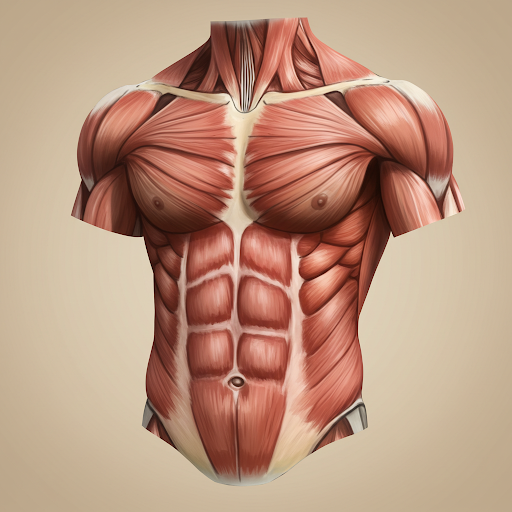
Main Muscle Groups Targeted by Calisthenics Chest Exercises
Understanding which muscles are activated during calisthenics chest exercises helps you train with intention and precision. While the chest muscles, especially the pectorals, take center stage, several supporting muscles contribute to strength, stability, and control throughout each movement. Below is a breakdown of the key muscle groups engaged during various calisthenics chest workouts, helping you build not just size but functional upper body power.
Pectoralis Major: The Powerhouse of Your Chest
The pectoralis major is the primary muscle targeted in calisthenics chest exercises, playing a vital role in various pushing movements. This large, fan-shaped muscle is responsible for most upper body pressing actions and is divided into two distinct parts:
- Upper (Clavicular) Head: This part of the muscle in calisthenics workout is primarily engaged in movements that involve shoulder flexion and adduction, such as incline push-ups. Strengthening the upper chest improves the aesthetics and functionality of the shoulder region.
- Lower (Sternal) Head: This portion powers horizontal adduction, which is crucial for traditional push-ups and dips in calisthenics exercises. Focusing on the lower chest in calisthenics chest workout helps create a more balanced chest structure while also enhancing pushing power.
Together, these muscle heads enable vital functions like pushing and pressing movements. Proper engagement of the pectoralis major not only boosts upper body strength but also enhances athletic performance in sports requiring powerful upper body actions like swimming or boxing.
Pectoralis Minor: Supporting Stability
The pectoralis minor, though smaller, plays an essential role in stabilizing the shoulder blade. This muscle is integral for calisthenics chest exercise requiring scapular depression and protraction, such as dips or plank variations. By improving shoulder stability, strengthening the pectoralis minor contributes to better posture and reduces the risk of shoulder injuries. When incorporated effectively into your calisthenics workout, this muscle supports overall shoulder health and power.
The Role of Triceps and Deltoids in Chest Workouts
While the pectoral muscles are the primary focus of bodyweight chest exercises, other muscle groups play a critical role in ensuring a balanced and effective workout:
- Triceps: These muscles act as the primary elbow extensors and assist in almost all pushing movements, enhancing arm strength in this exercises. Whether you’re performing push-ups or dips, the triceps are heavily engaged, adding power to each rep in calisthenics workout.
- Anterior Deltoids: These muscles are responsible for shoulder flexion, providing crucial support during exercises. Strong deltoids ensure stability and help to maintain proper form during exercises like decline push-ups.
- Serratus Anterior: This muscle supports scapular motion and control, which is essential for performing pushing exercises with correct shoulder mechanics in chest workouts. Strengthening the serratus anterior also improves posture and reduces the risk of shoulder injuries.
- Core Muscles: A strong core is key for stability during calisthenics workouts. Proper core engagement during chest exercises like push-ups ensures efficient power transfer and reduces the risk of injury.
Effective Calisthenics Chest Exercises to Try
To build a strong and well-defined chest using just your bodyweight, you need more than random push-ups. Calisthenics offers a variety of chest exercises that range from beginner-friendly to advanced, each targeting the muscles from different angles and intensities. This section covers some of the most effective calisthenics chest exercises that help you gain strength, improve muscle control, and develop balanced upper-body performance without the need for equipment.
Fundamental Exercises
Start with these foundational exercises to build strength, improve form, and prepare your body for more advanced calisthenics chest movements.
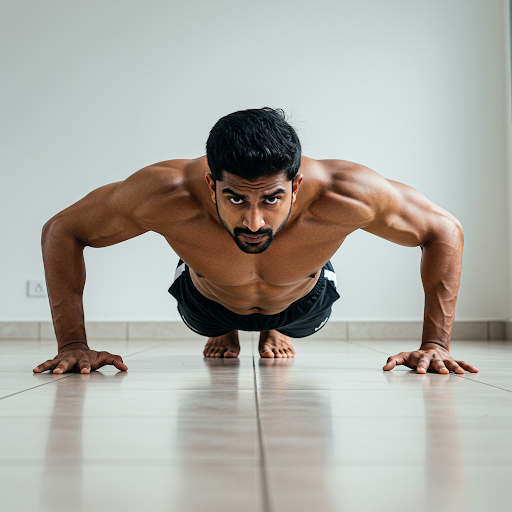
1. Push-Ups: The Classic Move for Chest Strength
Push-ups are a cornerstone of calisthenics workouts that primarily target the chest, triceps and shoulders. Here’s how to perfect your form:
- Hand Placement: Position your hands slightly wider than shoulder-width apart to maximize chest engagement in calisthenics workout.
- Elbow Position: Keep your elbows at a 45-degree angle from your torso to minimize shoulder strain.
- Body Alignment: Maintain a straight line from your head to heels by engaging your core, ensuring proper form in calisthenics chest exercises.
- Range of Motion: Lower your chest close to the ground and push back up for maximum muscle activation.
- Controlled Breathing: Inhale as you lower, and exhale as you push back up, supporting efficient movement.
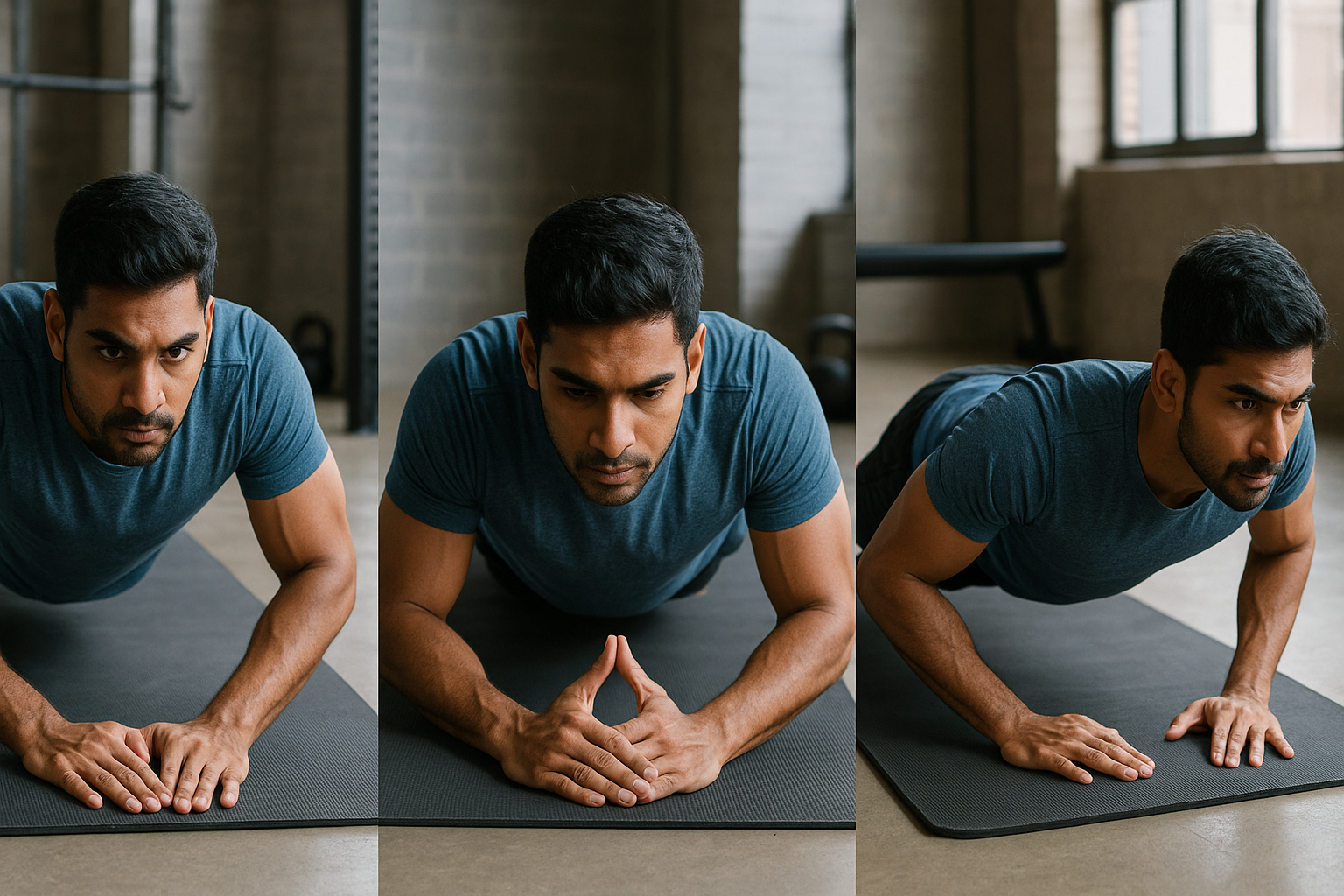
2. Push-Up Variations for Enhanced Calisthenics Chest Training
- Wide Push-Ups: Widening your hand placement shifts more focus onto the chest while reducing triceps involvement in calisthenics workout.
- Diamond Push-Ups: Placing your hands close together targets the triceps and inner chest for an added challenge as a part of these bodyweight chest workout.
- Tempo Push-Ups: Incorporate slower eccentric (lowering) phases and explosive concentric (pushing) phases as part of calisthenics chest training to increase muscle growth.
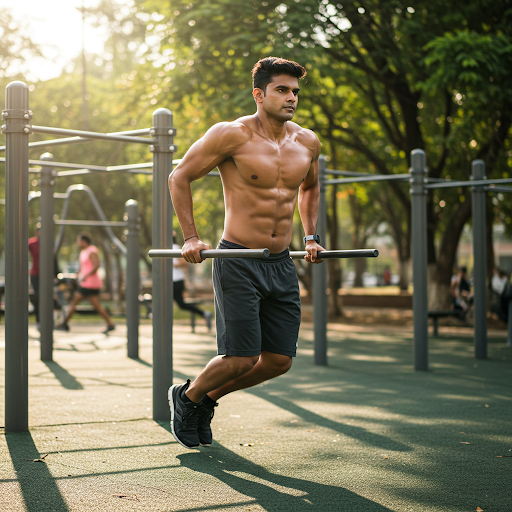
3. Dips: Targeting Your Lower Chest
Dips are one of the most effective chest activation with bodyweight exercises for building lower chest strength. Here’s how to get the most out of dips:
- Forward Lean: Lean forward to place more emphasis on the chest, shifting away from triceps engagement.
- Full Range of Motion: Ensure your shoulders drop below your elbows during each rep to fully activate the lower chest muscles.
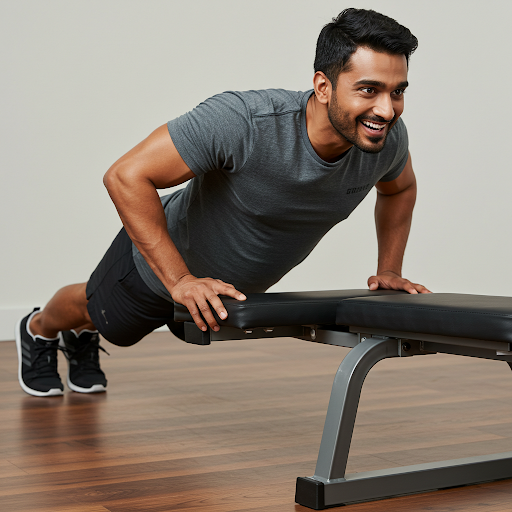
4. Incline Push-Ups: Ideal for Beginners
Incline push-ups are a great starting point for those new to calisthenics. By elevating your hands, you reduce resistance, making the exercise easier while still building strength in the upper chest.
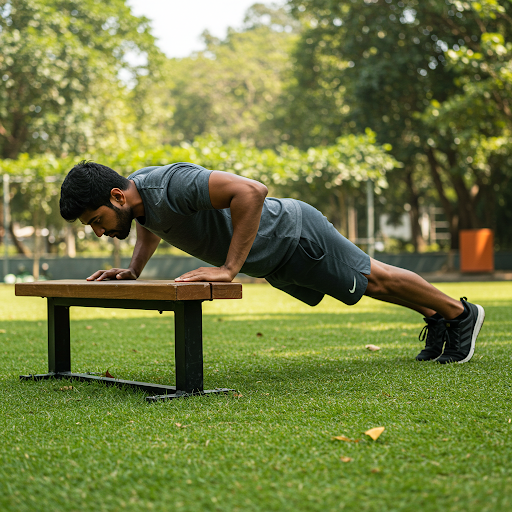
5. Decline Push-Ups: Emphasizing the Lower Chest
For a more challenging variation, decline push-ups elevate your feet to increase the load on the chest. This exercise emphasizes the lower pectoral muscles, adding an extra level of intensity to your workout.
Explore more basic calisthenics exercises to improve your chest as well as overall body strength and muscle building experience.
Intermediate Exercises for Progression
Step up your routine with intermediate calisthenics chest exercises that build muscle, improve control, and add intensity to your upper-body workouts.
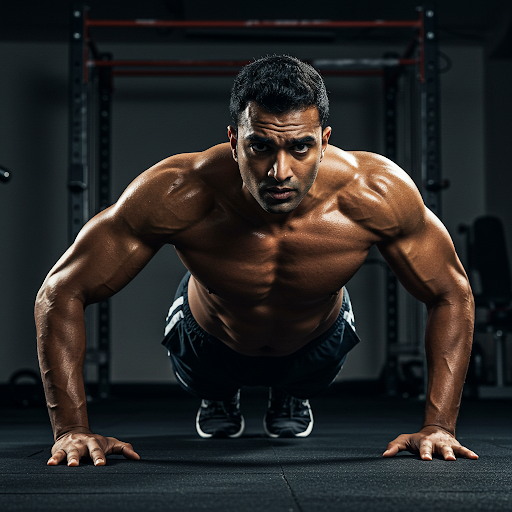
Archer Push-Ups: Building Unilateral Strength
Archer push-ups are excellent calisthenics chest exercises that focus on building unilateral strength, which is crucial for improving muscle balance. Unlike traditional push-ups where both arms share the workload equally, archer push-ups shift the emphasis to one arm at a time, with the other arm providing minimal support. This calisthenics workout ensures that each side of the body develops evenly, preventing muscular imbalances that could lead to injury over time. In addition to targeting the chest muscles, archer push-ups also engage the shoulders, triceps, and core, making them a comprehensive upper-body calisthenics workout.
To perform an archer push-up, start in a traditional push-up position but extend one arm out to the side while keeping the other arm close to your body. Lower yourself towards the arm that’s closer to your body, while the extended arm remains straight. Push back up and switch sides. This variation not only challenges your chest strength but also forces you to focus on coordination and balance.

Explosive Push-Ups: Enhancing Power
Explosive push-ups are a dynamic variation of the traditional push-up in advanced calisthenics chest training, designed to build explosive power in the upper body. By adding an explosive upward movement where your hands leave the ground, this calisthenics workout forces your chest, shoulders, and triceps to generate more force than in a standard push-up. This increased intensity helps improve muscle fiber recruitment, leading to enhanced power and strength over time.
Explosive push-ups in calisthenics chest workouts are particularly beneficial for athletes who rely on upper body power, such as in sports that require quick bursts of strength like basketball or boxing. This calisthenics chest exercise not only boosts chest strength but also improves coordination, speed, and overall athletic performance. To perform an explosive push-up, begin in a standard push-up position. As you push up, do so with enough force to lift your hands off the ground, then land softly and repeat.

Ring Push-Ups: Boosting Stability and Strength
Ring push-ups introduce an element of instability into your chest exercises, forcing your muscles to work harder to maintain balance. By performing push-ups on gymnastic rings or suspension trainers, your chest, shoulders, and core must engage more intensely to stabilize your body throughout the movement. This increased muscle activation not only strengthens your chest but also improves shoulder stability and core strength, which are crucial for overall upper-body function.
Because of the instability, ring push-ups are considered more advanced than standard push-ups. They require greater control, making them an excellent option for those looking to take their calisthenics workout to the next level. To perform a ring push-up, set the rings at shoulder height, grip them firmly, and get into a push-up position. As you lower yourself, focus on keeping the rings steady, and push back up while maintaining control. This exercise enhances both muscular strength and endurance, making it a valuable addition to any chest-focused calisthenics workout.
Advanced Exercises for Experienced Practitioners
These advanced calisthenics chest exercises are ideal for experienced athletes looking to develop explosive strength, master technique, and push their chest training to the limit.
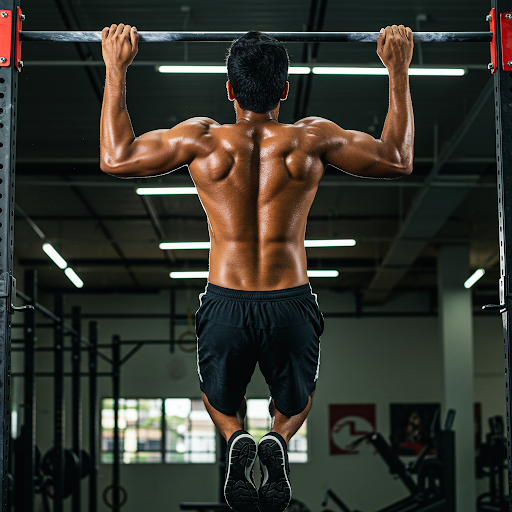
Muscle-Ups: Combining Strength and Technique
Muscle-ups are one of the most advanced exercises, combining pull-up and dip movements. Mastering this exercise requires explosive strength and precise technique, offering a full upper body workout.
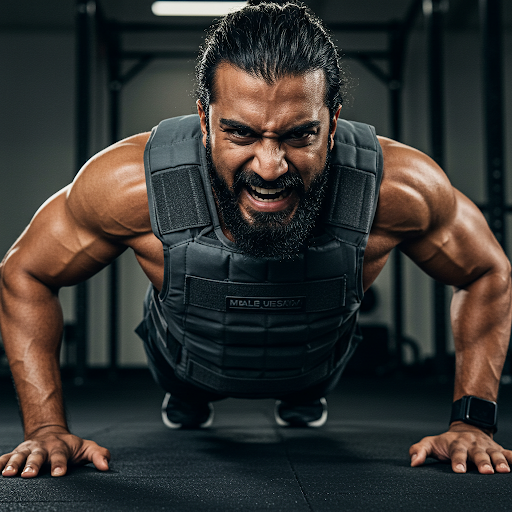
Weighted Push-Ups: Adding Intensity to Your Routine
To further challenge your chest and upper body, try performing weighted push-ups using a weight vest. This increases the resistance, pushing your chest muscles to adapt and grow stronger.
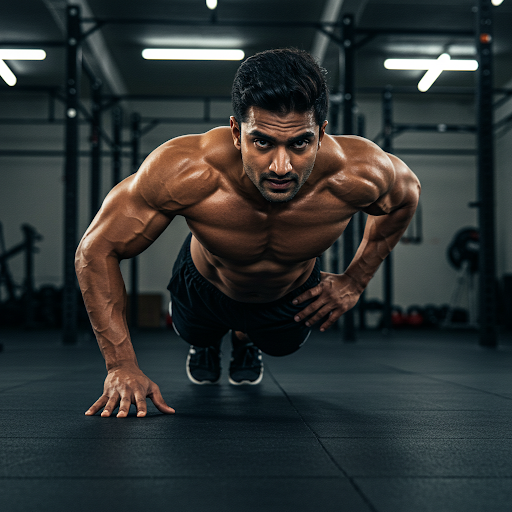
One-Arm Push-Ups: The Pinnacle of Chest Strength
One-arm push-ups are a true test of strength and control. They require an exceptional level of core stability and chest strength, and should only be attempted once you’ve mastered other variations like archer push-ups.
Sample Calisthenics Chest Exercises for All Levels
These sample calisthenics chest exercises are organized into beginner, intermediate, and advanced workout plans to help you train progressively and effectively at any level.
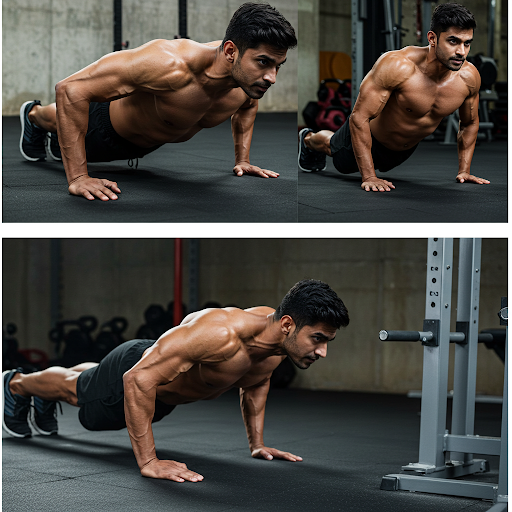
Beginner Workout Plan
3 sets of:
- 10-15 Standard Push-Ups
- 12-15 Incline Push-Ups
- 8-10 Assisted Dips Rest: 90 seconds between sets
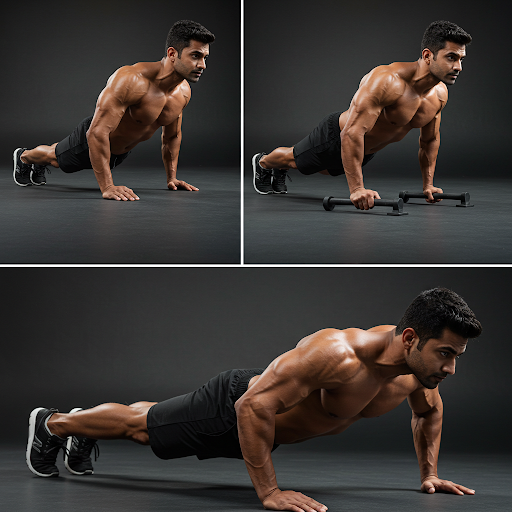
Intermediate Workout Plan
4 sets of:
- 15-20 Decline Push-Ups
- 12-15 Full Dips
- 12-15 Wide Grip Push-Ups Rest: 60 seconds between sets
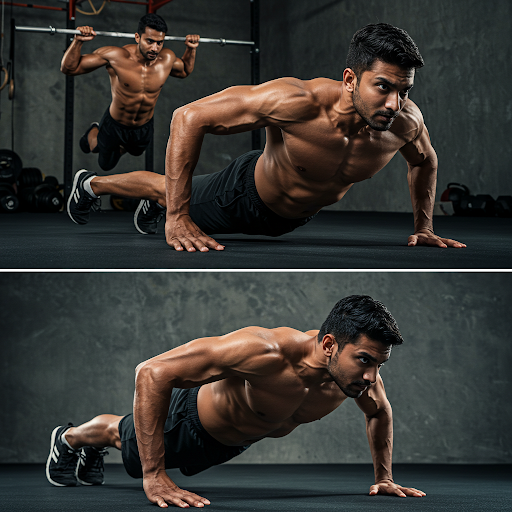
Advanced Workout Plan
5 sets of:
- 3-5 Muscle-Ups
- 8-10 Archer Push-Ups
- 5-8 One-Arm Push-Ups per side Rest: 2 minutes between sets

Conclusion
Calisthenics chest workout offer a comprehensive approach to chest development that’s accessible, effective, and sustainable. The progressive nature of these exercises allows practitioners of all levels to continuously challenge themselves and achieve impressive results. Whether you’re just starting or looking to advance your training, calisthenics provides the perfect platform for building a strong, well-developed chest through natural movement patterns and progressive overload principles.
Ready to elevate your fitness journey with expert-guided calisthenics chest exercises?
Join us at ISC – Indian School Of Calisthenics, SRPF Ground, NH8, Goregaon (E), Mumbai – 400065 for a well-structured and empowering training experience.
For bookings or more information, call +91 77159 53218 or visit the ISC website.
Transform your calisthenics workout into a powerful journey toward strength, control, and lasting fitness.
Calisthenics Chest Exercises - FAQs
How often should I train my chest with calisthenics?
Train your chest 2-3 times per week, allowing 48-72 hours between sessions for proper recovery.
Can I build significant chest muscle with just bodyweight exercises?
Yes, calisthenics chest exercises can build impressive muscle mass through progressive overload and proper technique.
How many push-ups should I do per calisthenics workout?
Focus on quality over quantity. Start with 3-4 sets of 8-12 perfect repetitions and progress gradually.
Should I feel sore after every chest workout?
Not necessarily. Soreness isn’t an indicator of workout effectiveness. Focus on progression and proper form.
Can I combine calisthenics chest exercises with weight training?
Yes, calisthenics and weight training can complement each other effectively for balanced chest development.
How long before I can do a one-arm push-up?
With consistent training, most dedicated practitioners can achieve a one-arm push-up within 6-12 months.
How often should I do calisthenics chest exercises for optimal results?
For best results, aim to train your chest 2-3 times per week, allowing at least 48 hours of rest between sessions to promote muscle recovery and growth.
Can calisthenics chest exercises help with muscle definition as well as strength?
Yes, calisthenics chest exercises improve both muscle strength and definition by combining resistance with bodyweight control and progressive overload techniques.
Do I need any equipment to start calisthenics chest training?
Most calisthenics chest exercises like push-ups and dips require minimal or no equipment, but tools like parallel bars or gymnastic rings can add variety and challenge as you progress.
How can I avoid shoulder injuries while doing calisthenics chest exercises?
Focus on proper form, gradual progression, and warming up your shoulders thoroughly before workouts. Strengthening supporting muscles like the rotator cuff also helps reduce injury risk.

